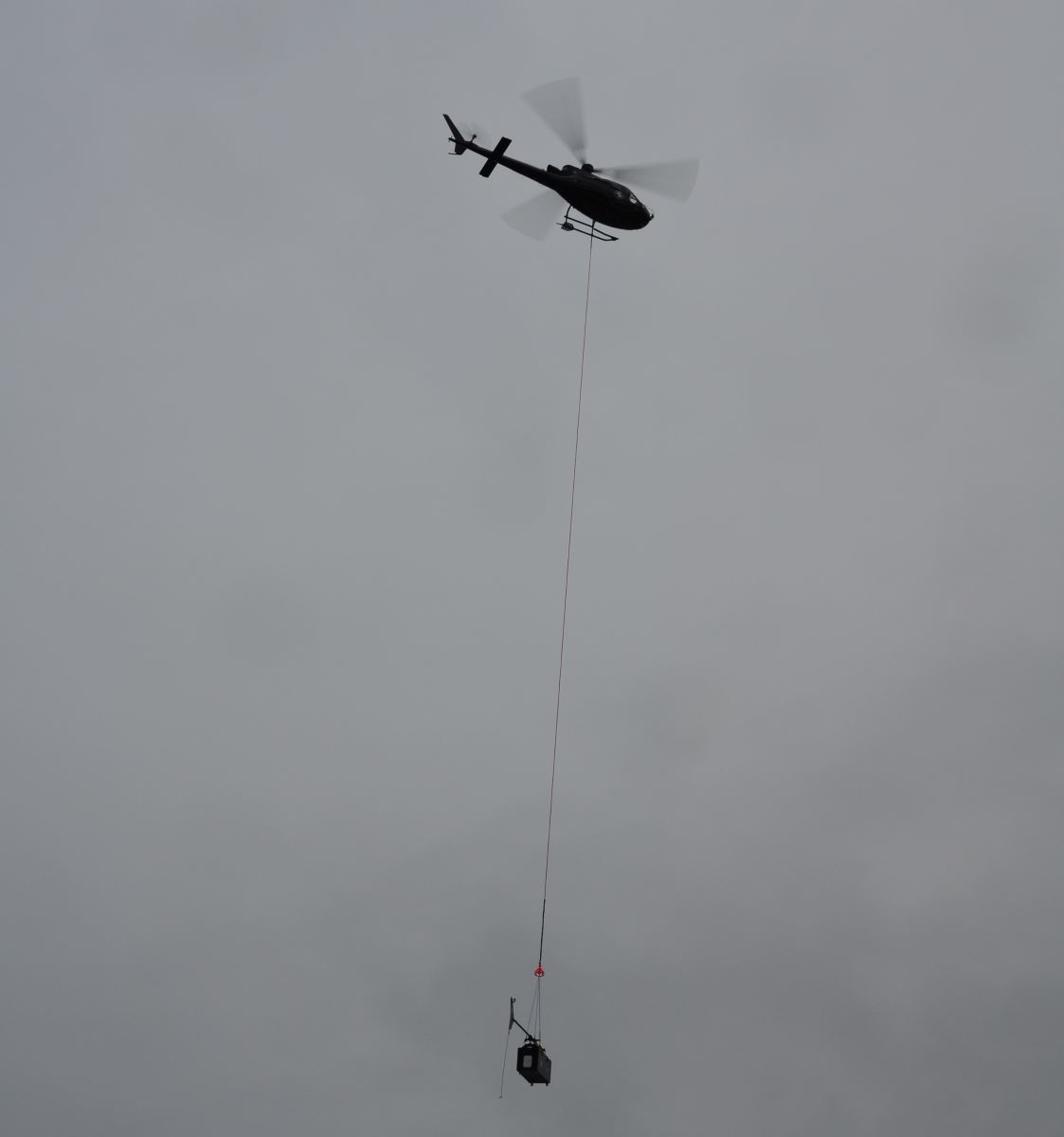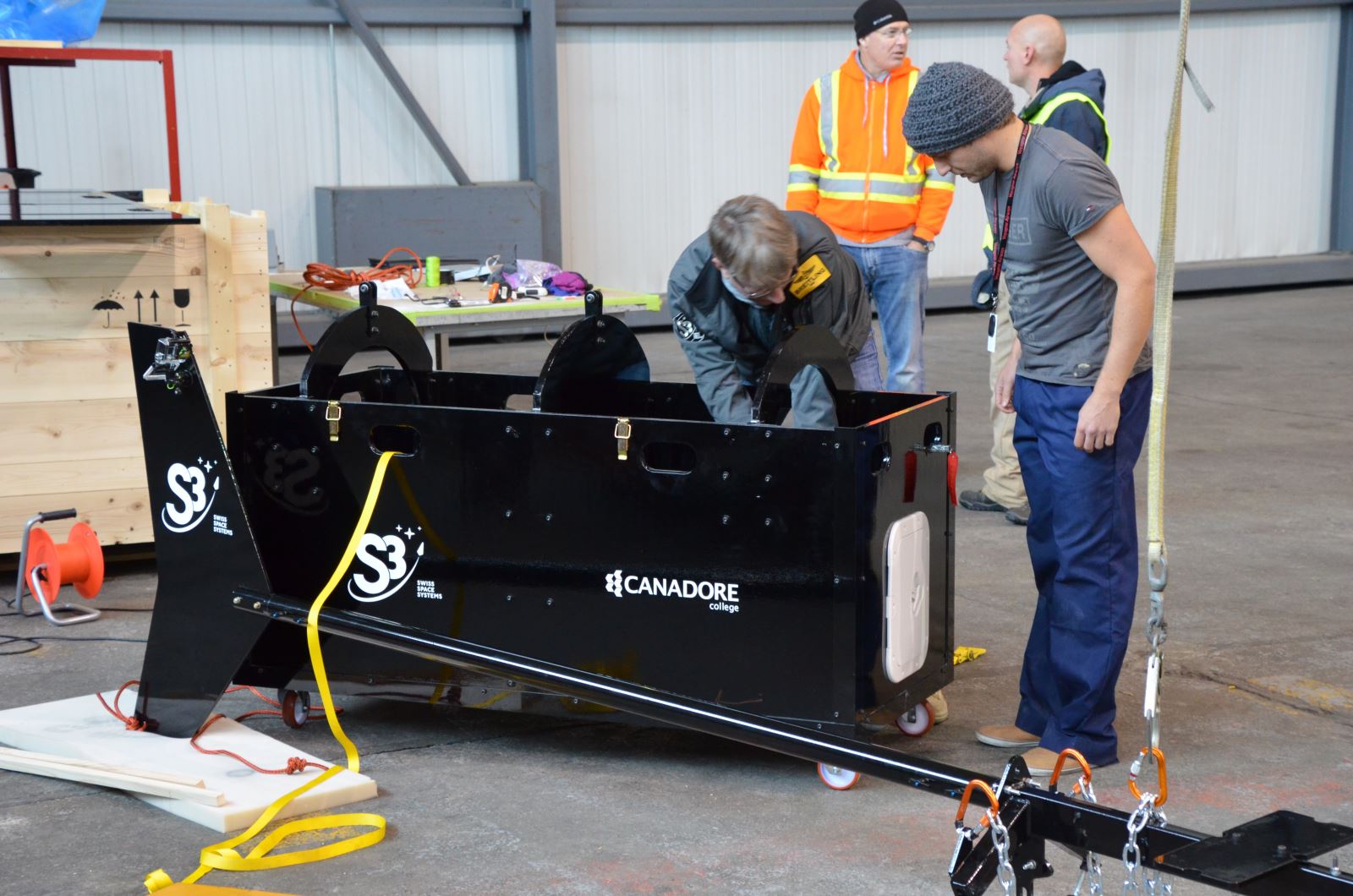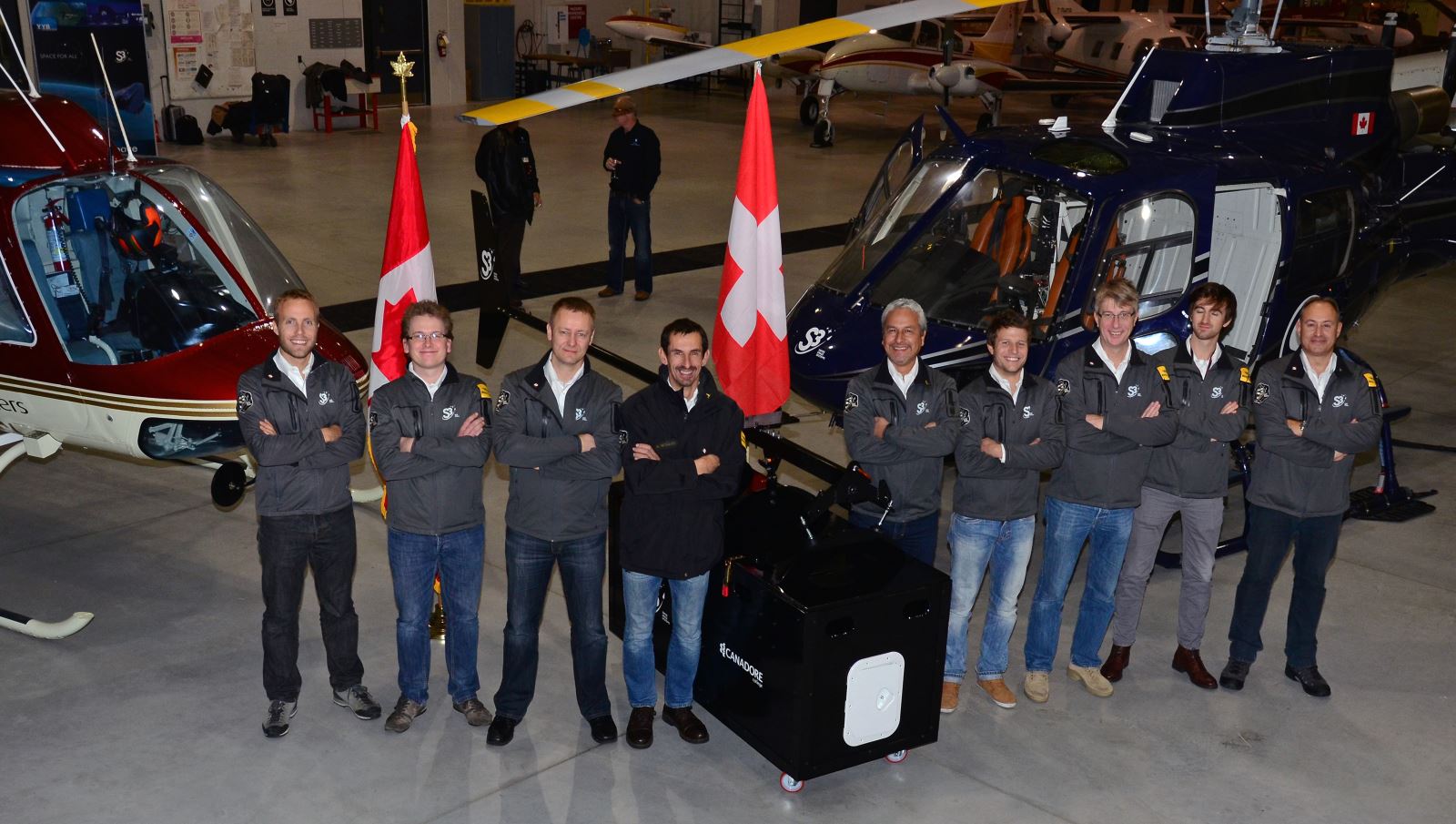 Tests in preparation for scaled mock-up test flights next spring went very well this week at Jack Garland Airport according to the head of Swiss Space Systems (S3) USA Robert Feierbach
Tests in preparation for scaled mock-up test flights next spring went very well this week at Jack Garland Airport according to the head of Swiss Space Systems (S3) USA Robert Feierbach
The company announced on June 26th that it would test and launch sub-orbital satellites in the development phase of a reusable suborbital shuttle.
"Drop test flights are very important to any space company" Feierbach told BayToday.
"They validate for us some of the systems we'll fly one day, so going through the process to check the telemetry, communications systems, and actually fly them we're now getting a sense of how well these perform."
These first test flights were done with the purpose of testing and validating avionics systems, drone systems, Guidance-Navigation-Control instruments and various sensors.
Feierbach says he was very happy with the way things turned out.
"There are many things we learn from doing these things, not the least of which is co-ordination of operational activities between our team and themselves, but also between our teams and the local teams. That's a very key of the whole campaign, knowing how you can work locally with all the different players that are supplying different components. It was a great experience from that point of view."
 All system components were inserted into an avionics system container suspended by a local custom-manufactured flight support and release jig structure. The flight support and release jig structure was custom-manufactured by North Bay Machining Centre Inc. and assembled at the Canadore College Aviation Campus by Canadore College faculty in collaboration with the S3 design team.
All system components were inserted into an avionics system container suspended by a local custom-manufactured flight support and release jig structure. The flight support and release jig structure was custom-manufactured by North Bay Machining Centre Inc. and assembled at the Canadore College Aviation Campus by Canadore College faculty in collaboration with the S3 design team.
The first phase of a drop-test flight campaign in North Bay included contributions from seven local companies, with all work completed and delivered on-time and on-budget.
The flight support and release jig construction was carried by a helicopter at a maximum altitude of 3,800 m /12,500 ft. to test system control and telemetry in-flight, which was connected and monitored in real-time with the ground station.
It was also an opportunity for a delegation of S3 engineers to strengthen their collaboration with the supporting teams of Canadore College, North Bay Jack Garland Airport, and the City of North Bay, in preparation for the future drop-test flight campaign of a fully functional, but reduced-scale SOAR suborbital shuttle mock-up, scheduled to take place this coming spring in North Bay.
 During the week-long flight test campaign, various helicopter flight profiles were successfully performed in order to evaluate the flight systems, which will ultimately be integrated into a reduced scale mock-up of the SOAR suborbital shuttle.
During the week-long flight test campaign, various helicopter flight profiles were successfully performed in order to evaluate the flight systems, which will ultimately be integrated into a reduced scale mock-up of the SOAR suborbital shuttle.
The fully-equipped mock-up and flight-tested jig system will be used in the spring of 2015 for captive flights from a helicopter.
These tests will be helicopter-carried and eventually drop from an altitude of nearly 5,000 m / 16,500 ft. in order to allow its autonomous flight approach and landing with monitoring and eventual control from the ground, if needed.
The objective of the S3 group is to develop, build, certify, and operate suborbital shuttles for the deployment of satellites up to 250 kg.